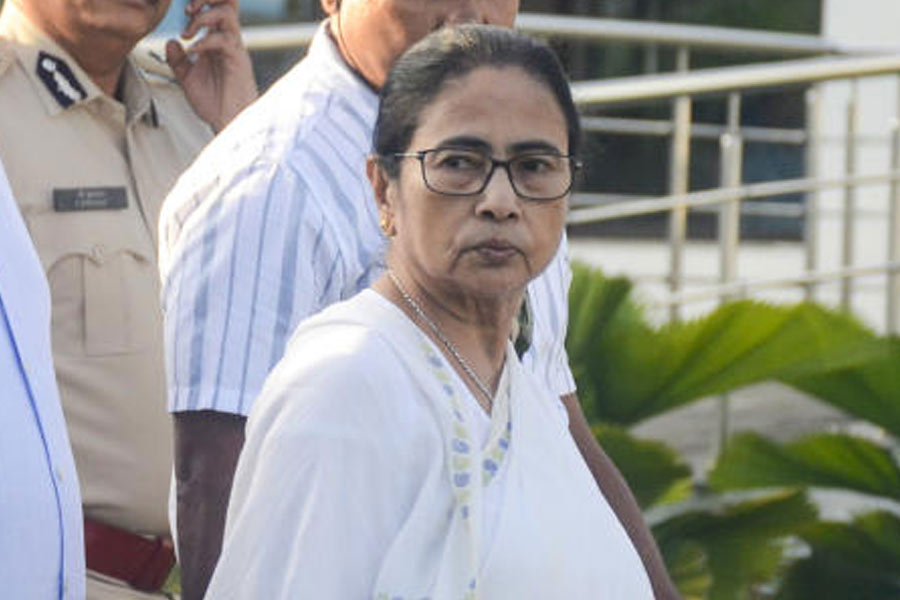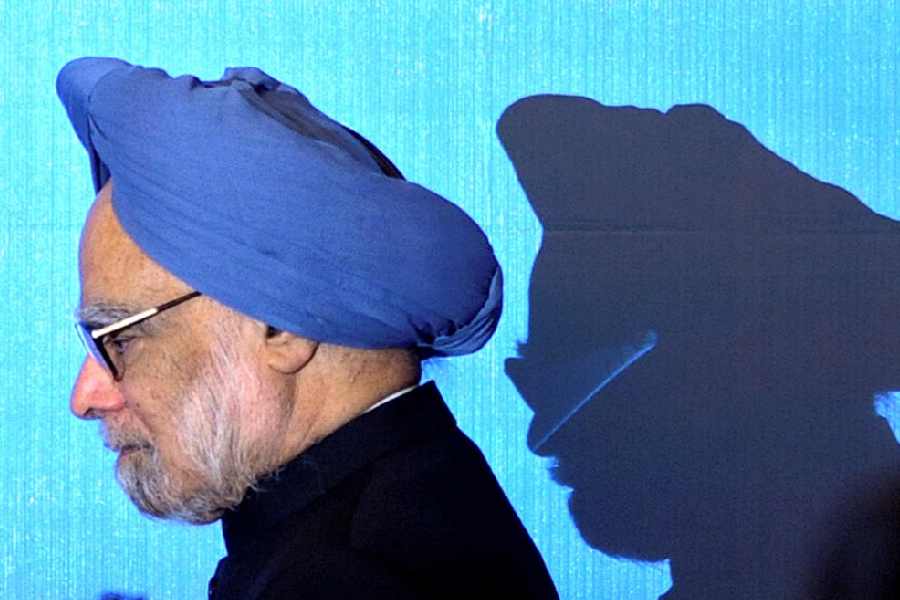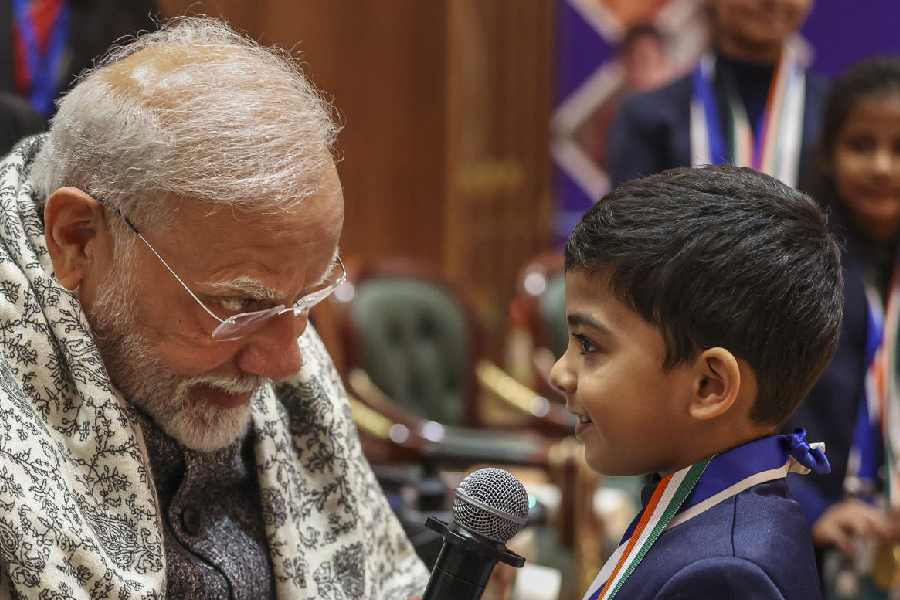INTIMACY IN ALIENATION: A PSYCHOANALYTIC STUDY OF HINDU-MUSLIM RELATIONSHIPS
By Ashis Roy
Yoda, Rs 599
Can a Hindu and a Muslim be friends or lovers in South Asia? Apparently yes and no; history is replete with instances of close friendships, licit and illicit unions, resistance, and violence at instances of transgression. Curiously, we have very little work on the lived experiences of friendship and intimacy barring allusions to the syncretic culture that developed historically at the popular level of Hindu-Muslim interactions exemplified in poetry and music. We also know relatively little about the shared experiences of Hindu-Muslim theologies, not to speak of the everyday encounters in contemporary times when identities have been polarised and have solidified along the lines of religion and vote-bank politics. Yet, amidst this churn, we have instances of friendship that transcended community networks as well as stories of love, desire and intimacy the analysis of which is the focus of Ashis Roy’s book.
Roy attempts a psychoanalytic study of Hindu-Muslim intimacies based on interviews and ethnographies of couples. He calls these “psycho-biographies” that are intended to reimagine and preserve Hindu-Muslim affinities. One may well ask whether such an individual biographical approach, while offering important nuances, is adequate to understand and analyse structural factors. Looking at individual experiences of love, desire and mingling is important but do these really tell us about larger community sensibilities and the apparent hold religious identities have on collective social behavior? Also, how does a psychoanalytical approach complement or contradict other perspectives? These are some questions that stay with the readers as they navigate the real-life experiences of couples faced with extraordinary challenges, forcing some to attempt suicide and others to reimagine a completely different identity. The making, unmaking and remaking of identities seem to lie at the core of this book.
Prefacing the biographies is a detailed review of the theoretical scholarship on identity construction drawing largely from the American psychoanalyst, Erik Erikson. Identity construction is seen as an ongoing process of negotiations between individual desires and community expectations. There is also the concept of ‘negative identity’, which encapsulates all those community values that are despised, the experience of which leads to irreparable alienation. It is this idea that undergirds Roy’s analysis of the psycho-biographies. The Introduction also reviews the existing work on desire and love and considers a selective application of some of the theories on the experiences of couples interviewed. As such, the interviews are far more than a mere record of desire and its vicissitudes. They tell us a lot about families, their structures, modes of socialisation and ambiguous expectations. It is here that the work is rich and valuable for those interested in understanding and unravelling the strange intimacy of and ambiguity in Hindu-Muslim encounters. In one case, we see Karuna’s father, who had an appreciation of Islamic culture because of his fascination with the Bengali poet, Kazi Nazrul, and who had exposed his daughter to Urdu and to things Islamic, fiercely contesting her involvement with Muslim men, one of whom she married and who turned out to be disloyal. There is also the case of Sunaina and Qasim whose intimacy had to withstand the assaults of a disapproving family resulting in the experience of a total loss of faith by the couple.
There are also a few stories of hope and regeneration. Renu and Aseem are a couple who not only share an inter-faith bond but also create a space for other couples who face antagonism and hostility. Their experience results in the creation of a safe space and a secular language of ideals and faith expectations. The experiences seem all the more remarkable because the couples in question come from very different backgrounds but share a similar alienation from their value system. In all the stories, we have expressions of deep individuality which are analysed in accordance with the theories that the author is familiar with and, in the process, a psychoanalytical explanation is offered. However, the extent to which these insights can be integrated within a sociological and anthropological explanation is not very clear.
On the other hand, the study is an important corrective to the proliferation of hate narratives that have dominated our public discourse. Assailed by allegations of love jihad, we have forgotten to concede space to love and desire which can be simultaneously transgressive and enabling. The work rehabilitates love and reveals the conversations and the negotiations between love and prejudice, between intimacy and alienation, to tell a deeply human story. Deploying the idea of negative consciousness, Roy argues that being intimate with the Other can occur simultaneously with unawareness about the Other.











